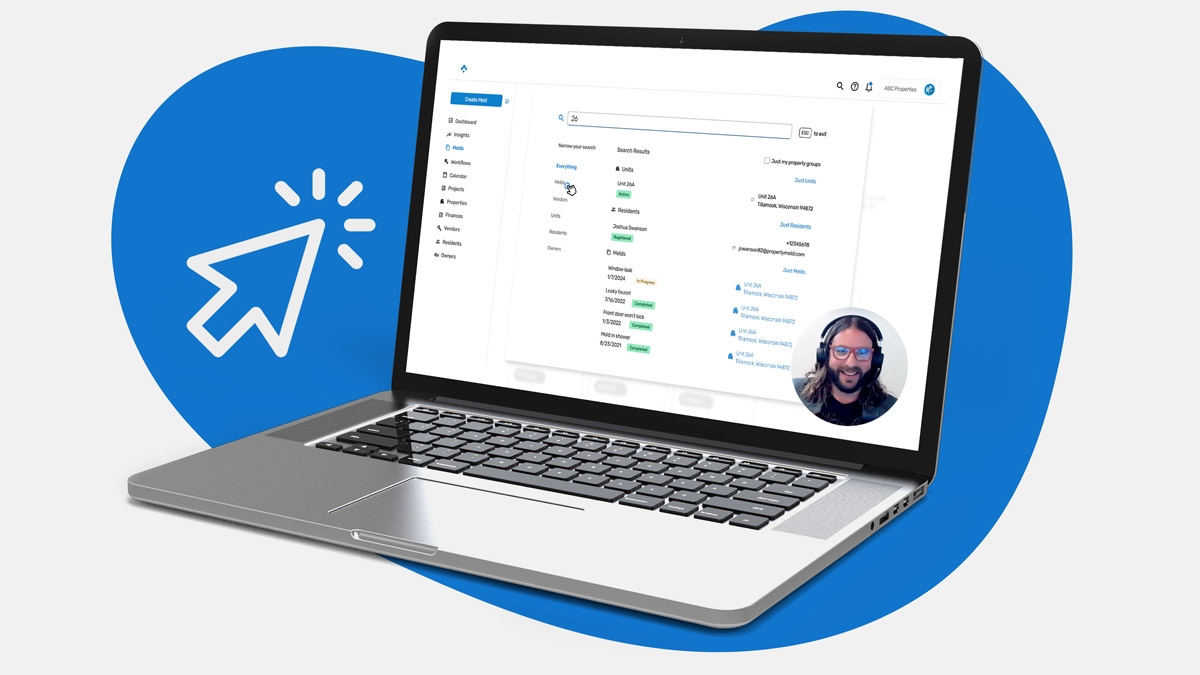In today’s rapidly evolving world, technology plays a critical role in property management. From communication tools to maintenance tracking systems, tech solutions offer a range of benefits for property managers and residents alike. However, while these innovations can significantly improve efficiency and streamline operations, introducing new technology can often be a challenge—particularly when it comes to maintaining resident satisfaction during the transition.
Residents expect seamless communication and a stress-free experience, and any disruption caused by a tech transition can impact their overall satisfaction with your property. To ensure that your maintaining resident satisfaction during a technology overhaul, it’s essential to follow best practices that prioritize their needs, minimize downtime, and foster clear communication.
Here are five best practices for maintaining resident satisfaction during a tech transition.
1. Proactive Communication Is Key
The cornerstone of a successful tech transition is clear, proactive communication with your residents. It’s important to let them know about the upcoming changes well in advance, as this can help set expectations and reduce uncertainty. Don’t leave residents in the dark about what’s happening, or they may feel frustrated or blindsided by unexpected issues.
When communicating about the tech transition, include the following key details:
Why the transition is happening: Explain why you’re adopting new technology and how it will benefit the residents. Will it make maintenance requests easier? Will it offer more direct communication with property managers? Highlight the ways in which the technology will improve their living experience.
What to expect during the transition: Be transparent about the timeline and any potential interruptions to normal services. For instance, if the new platform will be rolled out in stages, let residents know how this will affect them. If downtime is expected, provide them with alternative methods of communication or support.
How to get help: Ensure that residents know where to turn if they encounter issues with the new system. Whether it’s a designated help desk, a dedicated phone line, or an online support portal, make sure support is accessible and responsive.
Proactive communication builds trust and helps reduce confusion, ensuring that residents feel informed and empowered throughout the transition process.
2. Minimize Downtime During the Transition
Downtime can be one of the most frustrating aspects of a technology transition for residents. Whether it’s an inability to submit maintenance requests or disruptions to other services, downtime can lead to dissatisfaction and anxiety. While it’s often impossible to eliminate downtime completely during a tech transition, there are strategies you can use to minimize it.
Plan the transition carefully: Timing is everything. Choose a period that is likely to have the least impact on residents. Avoid implementing new technology during peak rental periods or times when you know your property management team is likely to be busiest. Early mornings, evenings, or weekends may be better windows for certain tech rollouts, depending on your residents’ schedules.
Offer alternative methods for critical services: If residents rely on the technology for essential tasks—such as paying rent, requesting maintenance, or communicating with management—ensure that there are alternative methods available during the transition.
By reducing the amount of downtime and making it as painless as possible for residents, you can ease their concerns and keep them satisfied throughout the process.
3. Provide Hands-On Support
A tech transition isn’t just about setting up a new system—it’s also about making sure residents feel comfortable using it. Some residents may adapt quickly, while others may need more guidance. Providing hands-on support and resources can help smooth the transition and prevent frustration.
Offer tutorials and guides: Some residents may be unfamiliar with the new platform, especially if they’re not particularly tech-savvy. Offering simple, easy-to-follow tutorials or step-by-step guides can help them get comfortable with the new system. Consider creating video tutorials, written FAQs, or even in-person training sessions to ensure everyone is on the same page.
Create a dedicated support channel: Have a dedicated team or channel to handle resident inquiries related to the new technology. Whether it’s a temporary email address, a phone line, or an online chat system, providing an easy way for residents to ask questions or report issues can alleviate a lot of stress during the transition.
Assign tech champions: If your property has an on-site team, assign tech-savvy staff members as “tech champions” who can assist residents in person with any difficulties they encounter during the transition. Having a familiar face to turn to can make the process feel less daunting for residents.
4. Gather Resident Feedback During and After the Transition
Resident feedback is invaluable during a tech transition. Their firsthand experiences can offer insights into what’s working well and where there might be room for improvement. Gathering feedback during and after the transition allows you to address concerns in real-time and refine your approach to future transitions.
Conduct surveys: Send out surveys to residents to gauge their satisfaction with the transition process. Ask specific questions about their experience with the new technology, the communication they received, and any issues they encountered. This feedback can help you identify problem areas and improve the experience for future transitions.
By gathering feedback, you demonstrate that you value residents’ opinions and are committed to making their experience as positive as possible.
5. Celebrate the Benefits Once the Transition Is Complete
Once the transition is complete, it’s important to highlight the positive outcomes of the new technology. Residents should understand the long-term benefits that the new system will bring to their living experience.
Host a post-launch event or communication: Whether it’s an email update or a small on-site event, let residents know that the transition is complete and emphasize how the new system will make their lives easier. Remind them of the features they can now take advantage of, such as simplified maintenance requests or improved communication with property managers.
Celebrate quick wins: If residents have already experienced tangible benefits from the new technology, highlight those successes. For instance, faster response times or streamlined services can reinforce the value of the new system and make residents feel that the disruption was worth it.
Tech transitions in property management can be challenging, but with the right strategies in place, you can ensure that you’re maintaining resident satisfaction. Proactive communication, minimizing downtime, offering support, and gathering feedback are all essential for keeping residents happy and engaged. By focusing on their experience, you can turn a potentially stressful transition into a smooth, successful upgrade that benefits everyone involved.






